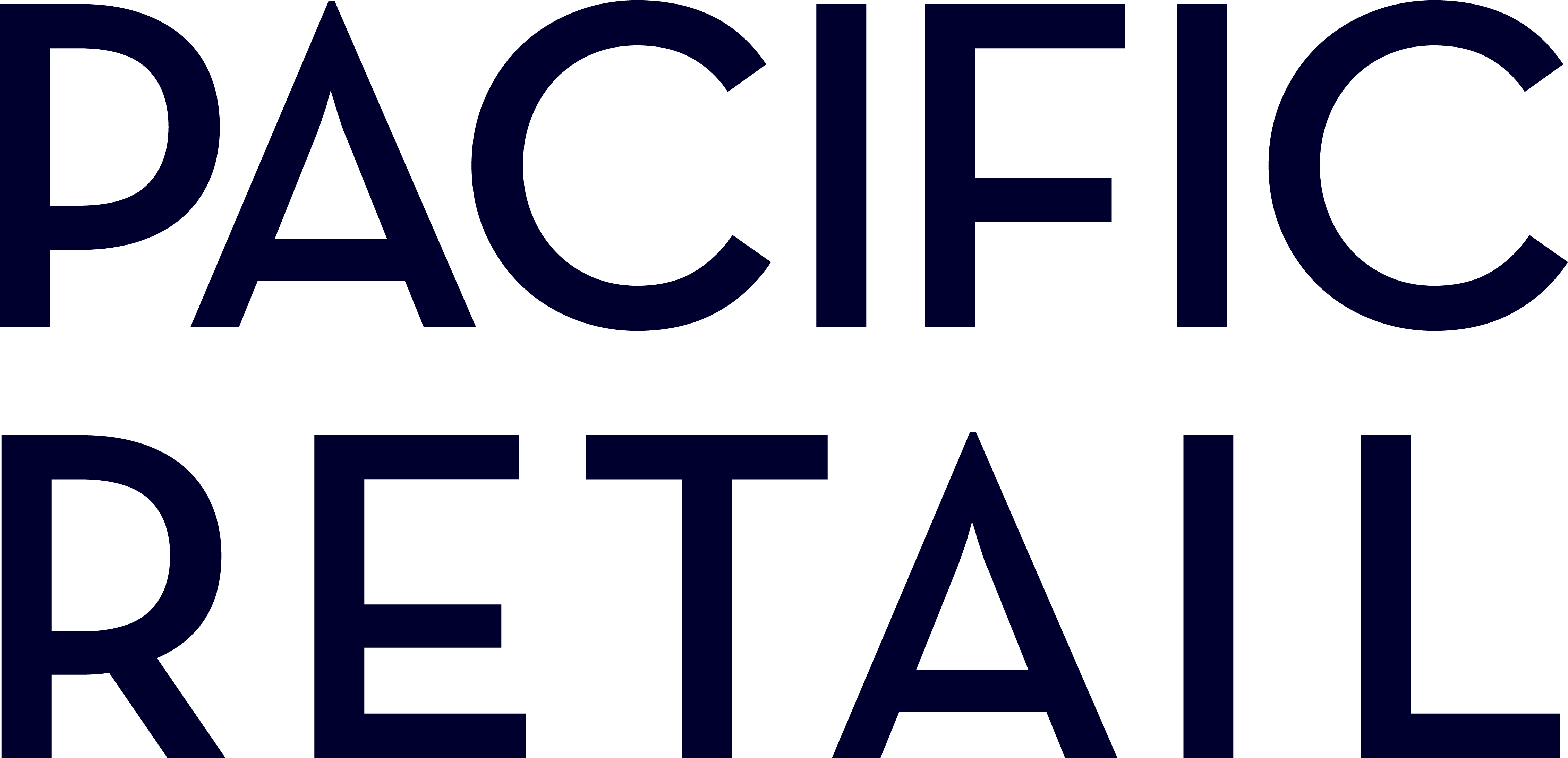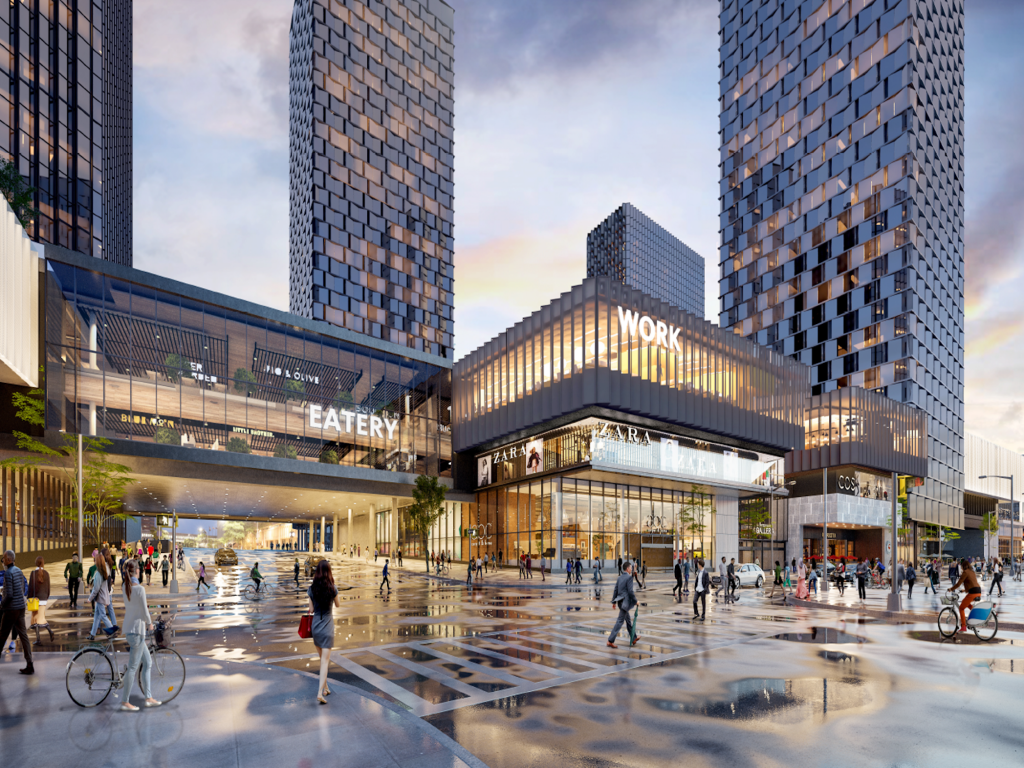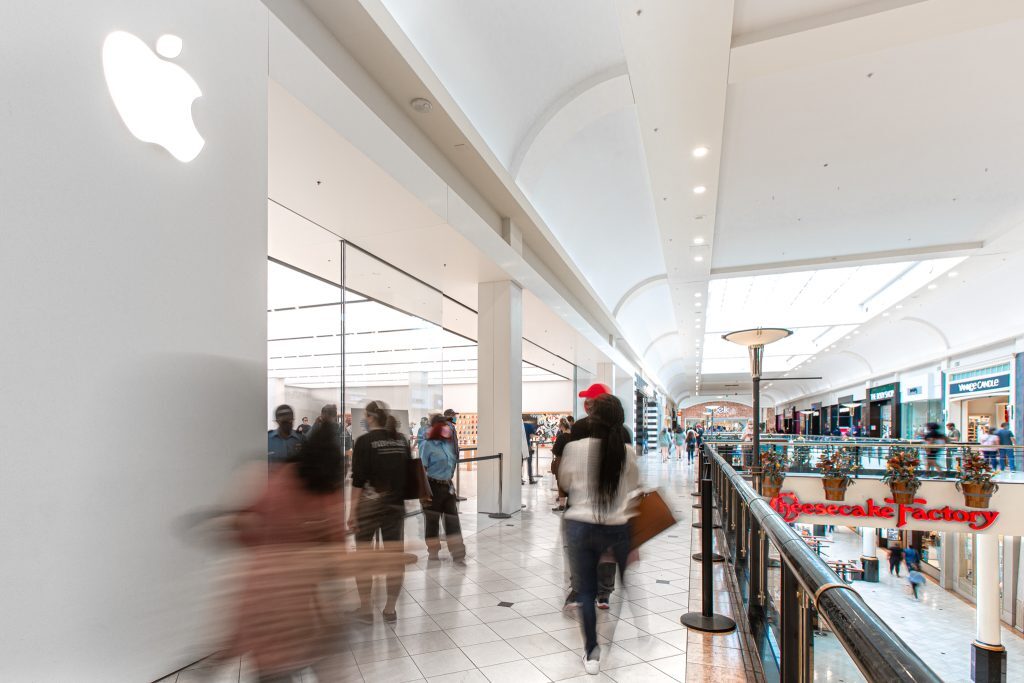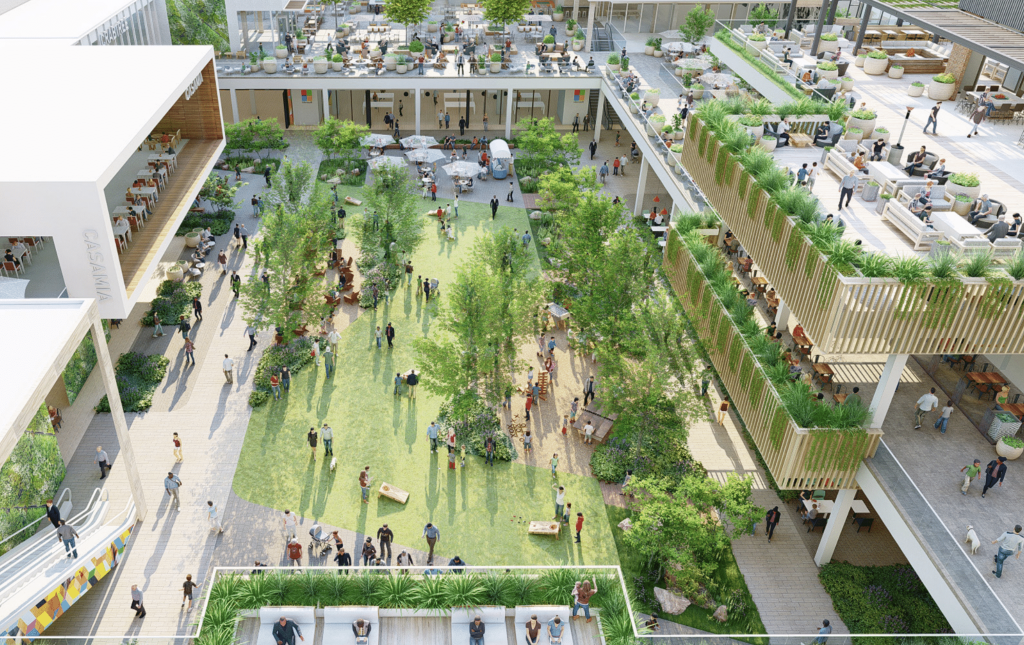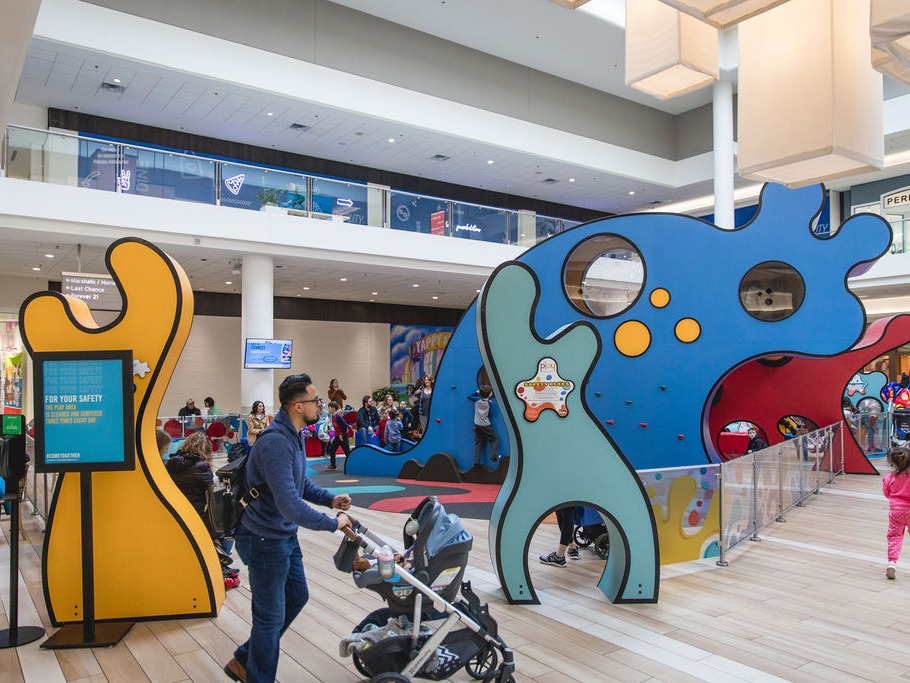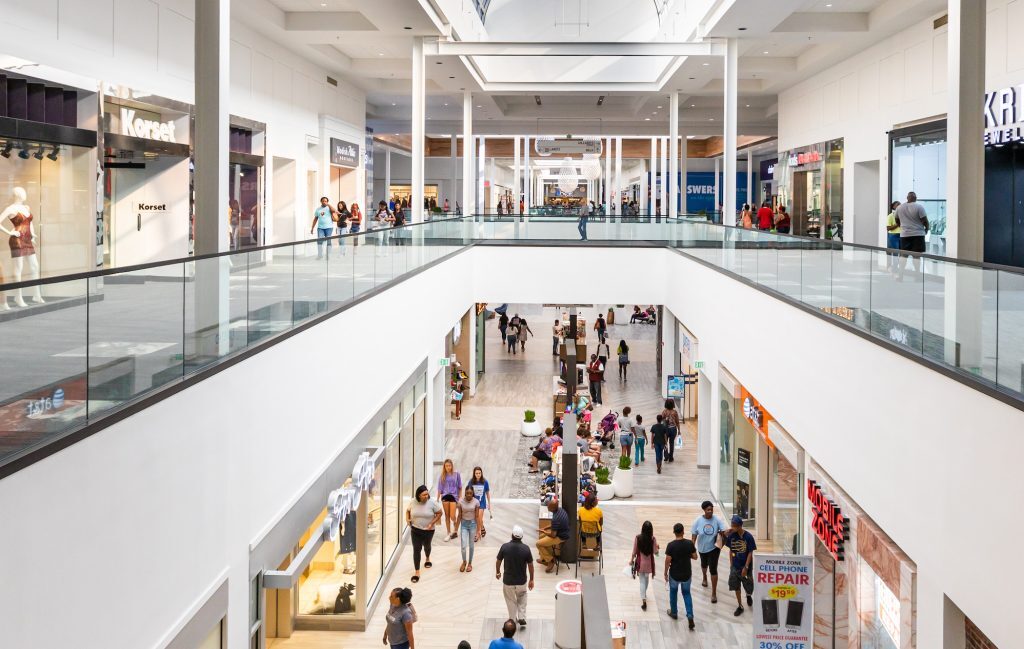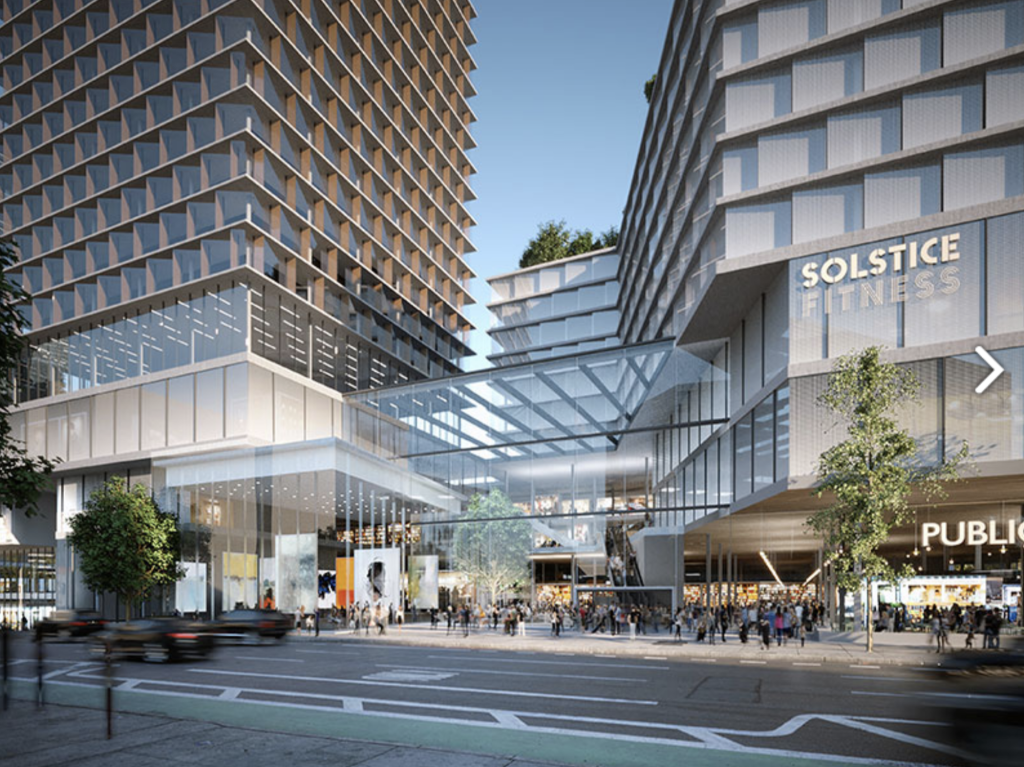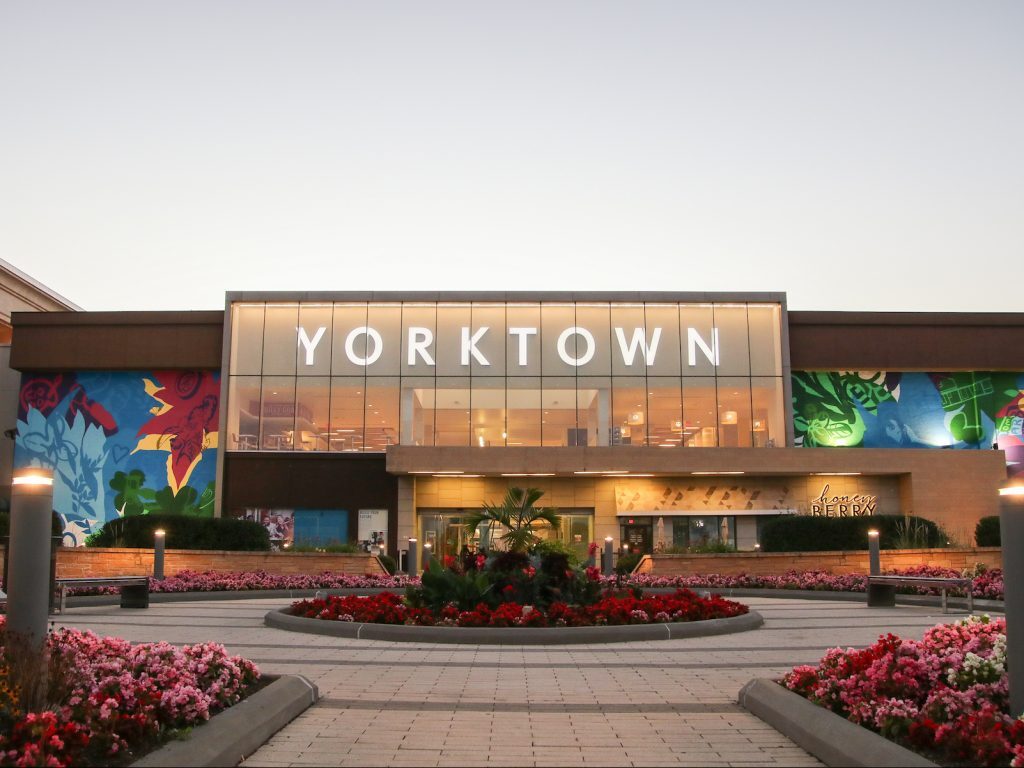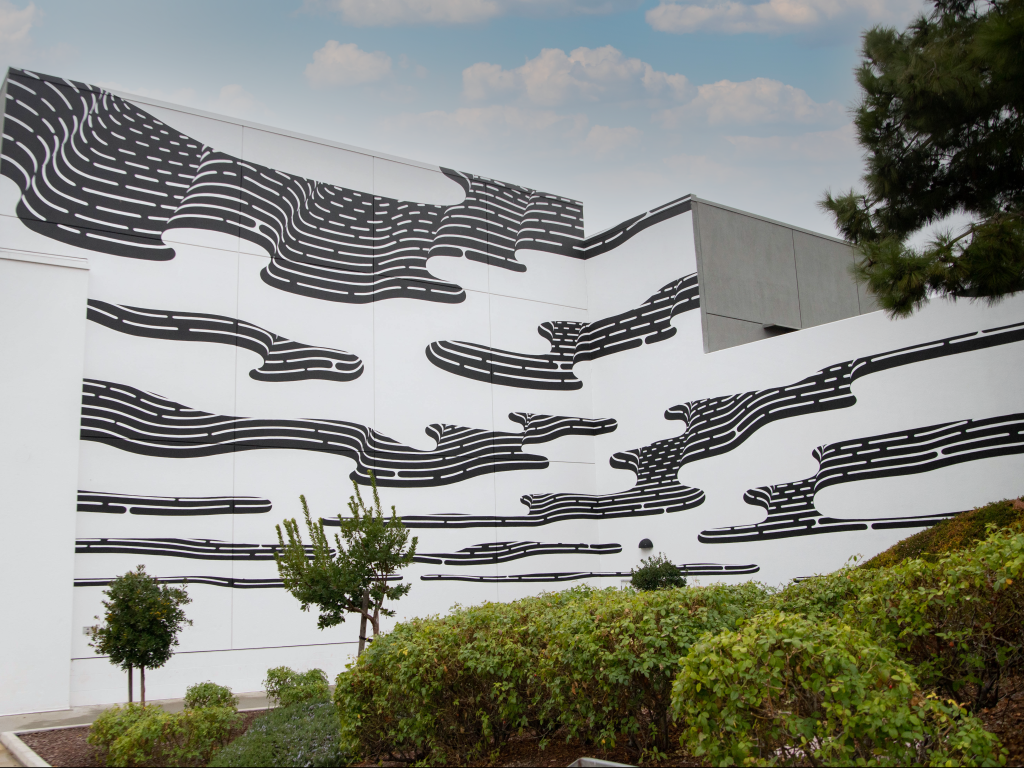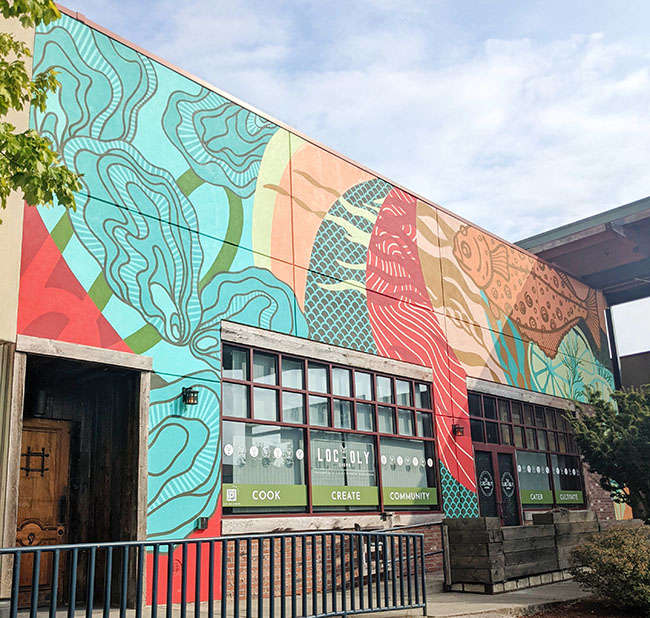
74% of 18-29-year-olds prefer to purchase from sustainable brands. What does this mean for the CRE industry?
The eco-age has arrived.
That means electric vehicle charging infrastructure, tree-hugging tenants, LEED certification, reassessing designs in development and partnerships with industry leaders of environmentalism.
During the 2020 national conference, Pacific Retail executives worked with field teams to co-create our company core values and long-term vision. Collectively, we believe we can make an impact through the implementation of environmentally sustainable practices. And so, environmental stewardship became one of those core values and the commitment to designing, building, and managing the most sustainable, ESG, and eco-efficient communities became part of that vision.
Here’s five sustainability strategies to include in your business plan that will reduce your carbon footprint and increase asset value.
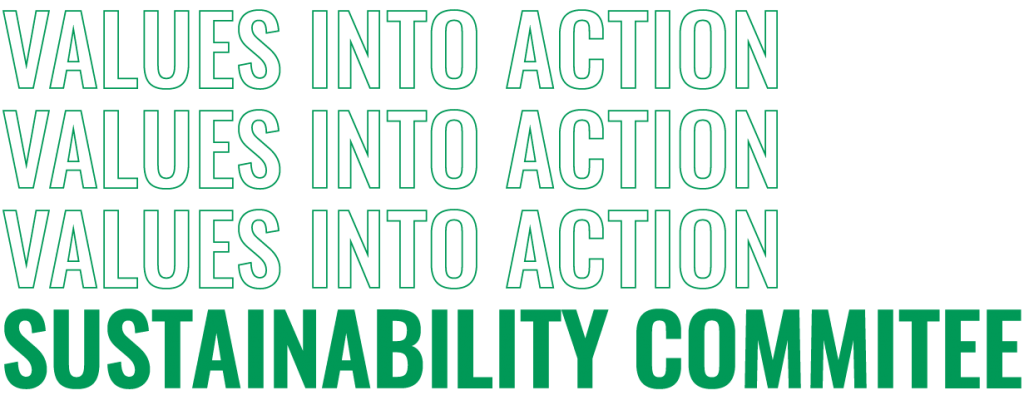
Sustainability Committee
Putting environmental stewardship values into operational action
In 2020, Pacific Retail founded a new Sustainability Committee to drive the conversation on portfolio-wide environmentalism efforts. Made up of operations teams from all Pacific Retail assets, the task force has moved the needle on energy management systems and controls optimization, traffic-based lighting patterns, season-based temperature set points and space conditioning, and landscape water conservation by use of advanced irrigation and water wise plantings.
And while the global pandemic has made environmentalism goals more challenging and complex, the culture and intent of this new committee has brought the core value of environmental stewardship into the recent pandemic-related safety enhancements happening at PRCP centers and industry-wide.
❝All processes, procedures, and intents, including sustainability, were to some degree impacted by the immense hurtles and potentially path-altering demands of COVID-19. Demands that have literally affected every aspect of our industry and especially its talented people. But we were paying attention and we all noticed an extremely valuable learning opportunity: How to conserve environmental resources, while simultaneously protecting your most valuable resource, people.
Targeted Economizer Usage
Prioritizing safety protocols AND sustainability
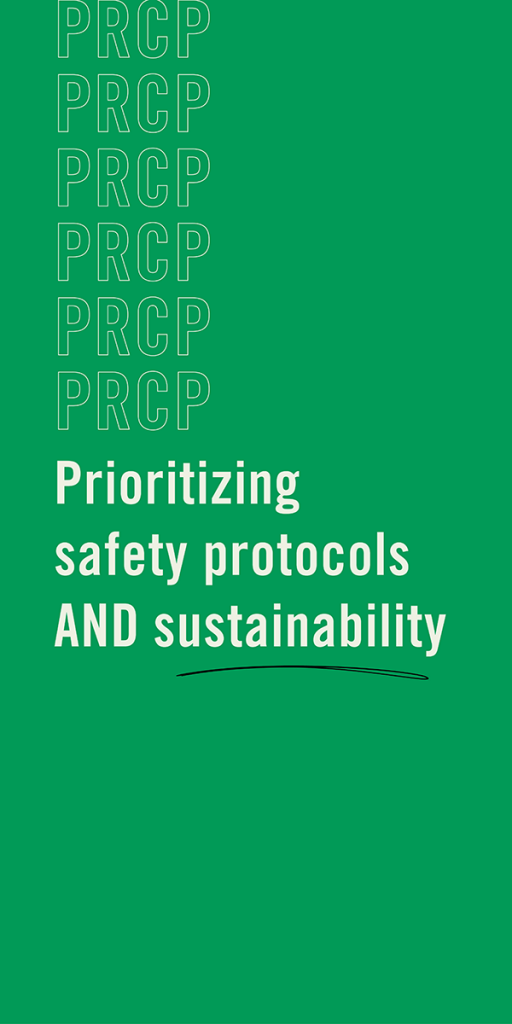
It’s been established that changing and introducing fresh air in an occupied building has the potential to reduce exposure risk from airborne viruses. Under cool and mild weather conditions, increased air exchange is not a challenge. But attempting to regularly introduce fresh air during one of the hottest summers on record and in during the warmer months of the year? This practice puts a strain on HVAC systems, the grid, the comfort level of people, your financials, and the planet. Successfully tackling this challenge required out-of-the-box thinking that PRCP field talent is known for.
The concept of pre-cooling a building early in the morning to avoid negative HVAC and financial strains is well known. However, to introduce constant fresh air throughout the day could also introduce hot air and negate pre-cooling all together. The committee-led solution was targeted economizer usage.
- Accomplishes frequent fresh air exchange at PRCP indoor centers
- Avoids abnormally raising indoor building temps during warmer months
- Reduces financial strain while promoting ecological goals
LEED Certification
A California FIRST at a Pacific Retail property
We are so pleased to announce that Paseo Nuevo Shops & Restaurants is officially LEED Certified! To the best of our experts’ knowledge, this the first retrofitted retail building in California to achieve this certification.
The LEED process ignited sustainability conversations at the property and in Santa Barbara, CA, bringing several energy and clear air initiatives to the table and requiring over a year of continuous research and redevelopment to upgrade facilities throughout the 458,000 square-foot outdoor asset. This certification was received prior to the completion of a $20 million renovation for the downtown Santa Barbara shopping center and is a momentous accomplishment that deserves big recognition.
We also won’t sugar coat the process—it was an undertaking. LEED for Existing Buildings on Retail like this is difficult. The project was long and required months of collecting information from vendors and tenants to get consumption data and outline upgrades needed at the property. The LEED checklist includes investments and considerations like light pollution reduction, water efficient landscaping, sustainable purchasing, green cleaning, and alternative commuting transportation, to name a few.
LEED certification makes Paseo Nuevo a unique asset not only within the Pacific Retail portfolio, but among all urban and outdoor centers faced with a similar opportunity to go green and the challenges that comes with the investment.
❝Paseo Nuevo’s LEED certification demonstrates tremendous green building leadership. LEED was created to make the world a better place and revolutionize the built environment by providing everyone with healthy, green and high performing buildings. This LEED for Existing Buildings (Retail) project serves as a prime example of how the work of innovative building projects can use local solutions to make a global impact on the environment.
LEED Certification
Conversion to LED
How to go green AND save $30,000 in the first year
Pacific Retail property Eastridge Center, located in San Jose, CA, is set to see a cost savings of almost $90,000 over the next five years. In addition to the good news for the landlord, the 2019 investment added instant value for tenants, guests, security, and maintenance.
The project? Transitioning 430 can lights to LED.
A rebate on the LED units and a simple 6-month payback, this cost-saving and energy-saving initiative will see an $18,000 first-year energy savings and almost $90,000 energy savings over 5 years. When examining normal lamp replacement costs, labor, and energy savings, those numbers jump to an estimated $30,000 in just the first year.
Because the center’s maintenance staff was able to do all of the work during regularly scheduled hours, the project was completed over a total of 5 weeks and had major impacts at every level.
To the tenants and guests, the lights created instant uniformity in many areas that were previously inconsistent and dull.
For security, camera footage improved along with the perception of safety that comes with added light.
For maintenance, the LED lights now last a minimum of 5 years, greatly reducing the frequency of scissor lifts in common areas to replace burnt out bulbs.
LED stands for light-emitting diode and are enormously energy-efficient while also lasting far longer than incandescent or halogen bulbs. This is the best of environmental stewardship, reducing energy use while also saving money and improving the guest experience. It’s an easy step in the right direction toward energy-efficient infrastructure.

Electric Vehicle Charging Stations
- 68 trips around the earth
- Driving the entire US freeway system end-to-end 10 times
- 3 round trips between the earth and the moon 300k pounds of CO2 saved ≈ 5,800 trees planted
To the tenants and guests, the lights created instant uniformity in many areas that were previously inconsistent and dull.
For security, camera footage improved along with the perception of safety that comes with added light.
For maintenance, the LED lights now last a minimum of 5 years, greatly reducing the frequency of scissor lifts in common areas to replace burnt out bulbs.
LED stands for light-emitting diode and are enormously energy-efficient while also lasting far longer than incandescent or halogen bulbs. This is the best of environmental stewardship, reducing energy use while also saving money and improving the guest experience. It’s an easy step in the right direction toward energy-efficient infrastructure.
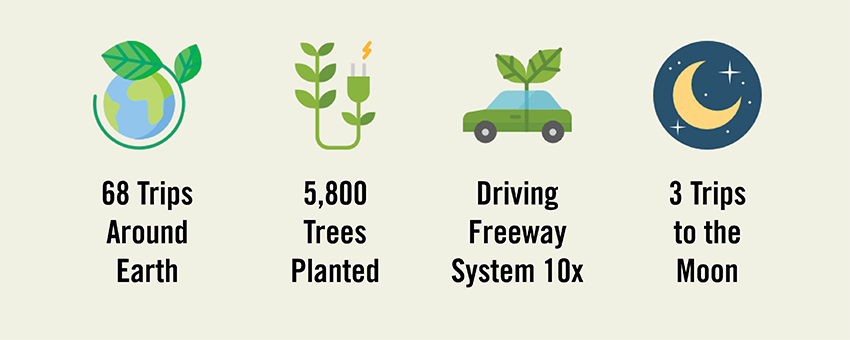
PRCP Commitment to Environmental Stewardship
Buildings & Facilities
+ Sustainable process implementation
+ Invest in improved energy sources to decrease carbon footprint
+ Be a leader in environmental conservation by reducing waste; both in utilities and refuge
+ Contribute to portfolio-wide environmental vision statement and successfully model ESG goals at property level
Systems & Technology
+ Implement ways/means of sustainable practices (ex: energy star rollout, recycling, reducing waste, etc.) and using green cleaning products where appropriate
+ Seek new technology and processes to further positively impact each property’s surrounding community and the planet overall
+ Seek out experts to provide sustainable insights to decrease overhead costs and increase NOI for ownership groups
+ Utilize existing technology and invest in developing technology to offer centers and consumers resources to strive toward eco-centric and sustainable solutions
+ Create inter-asset working groups
+ Promote achievements to consumers, partners, investors
